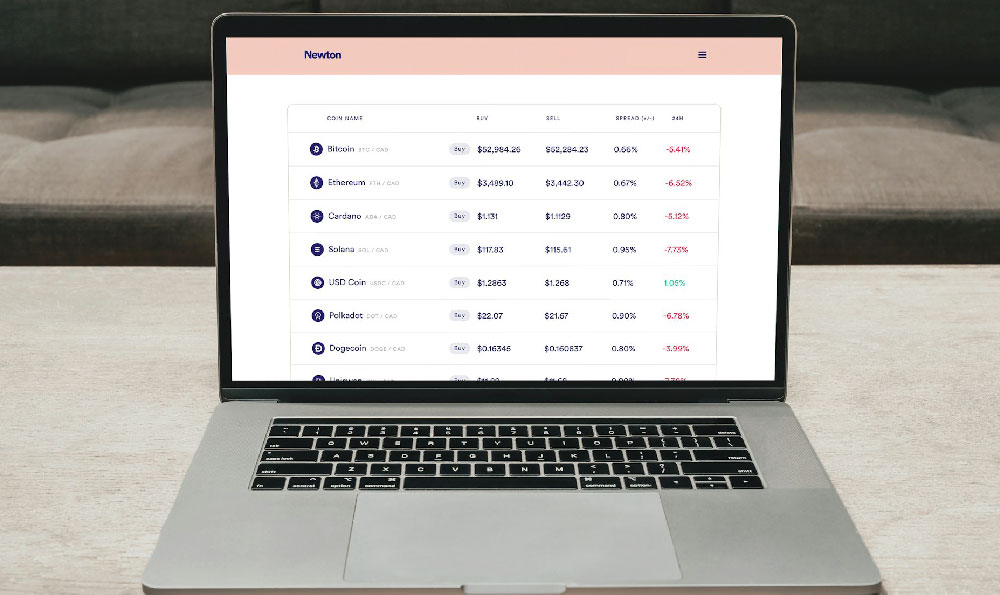Let's delve into the complex question of teacher hourly rates. It's a topic that often lacks clear-cut answers due to the vast variations in factors like experience, education level, location, subject matter, and the specific type of teaching role we're considering. Simply stating an average number would paint an incomplete and potentially misleading picture. Instead, let's break down the components that influence a teacher's earning potential on an hourly basis.
The first crucial element to understand is that most full-time teachers do not receive an explicit hourly wage. Their compensation is typically structured as an annual salary. To determine an approximate hourly rate, one needs to divide their annual salary by the total number of hours worked in a year. This calculation is where things get tricky, because "hours worked" for a teacher extends far beyond the time spent directly instructing students in the classroom.
Consider the responsibilities that fall outside of scheduled teaching hours: lesson planning, grading papers, communicating with parents, attending meetings, professional development workshops, supervising extracurricular activities, and providing individual student support. These tasks consume a significant amount of time, and they are essential components of a teacher's job. Therefore, simply dividing a salary by, say, 40 hours a week for 52 weeks a year (2080 hours) would grossly underestimate the true hourly rate.

For instance, a teacher earning an annual salary of $60,000 might seem to be making roughly $28.85 per hour based on a 2080-hour calculation. However, if that same teacher consistently works 50-60 hours per week to fulfill all their responsibilities, the actual hourly rate could be significantly lower, potentially dropping to $23 or even below.
Geography plays a major role in determining teacher salaries. States with a higher cost of living, such as California, New York, and Massachusetts, generally offer higher teacher salaries than states with a lower cost of living, like Mississippi, Oklahoma, or South Dakota. However, the higher cost of living can offset the higher salary, meaning that the actual purchasing power of a teacher's income may not be proportionally greater. Furthermore, even within a single state, salaries can vary substantially depending on the school district and the local tax base. Affluent suburban districts often pay higher salaries than underfunded rural districts.
The level of education and years of experience are also key determinants of a teacher's pay scale. Teachers with advanced degrees, such as a Master's or Doctorate, typically earn higher salaries than those with only a Bachelor's degree. Similarly, experienced teachers who have accumulated years of service receive incremental pay increases based on their tenure. This "step and lane" salary schedule is common in public school systems and rewards both education and experience.
The subject matter taught can also influence earning potential, particularly at the secondary level. Teachers in high-demand fields, such as STEM subjects (science, technology, engineering, and mathematics), may command higher salaries due to the scarcity of qualified candidates. Schools may offer bonuses or additional incentives to attract and retain teachers in these critical areas.
Looking at the different types of teaching roles, we can also see variances in hourly or annual compensation. Substitute teachers are typically paid an hourly rate, which can range widely depending on the school district and the duration of the assignment. Private tutors often set their own hourly rates based on their qualifications, experience, and the subject matter they teach. College professors, whether full-time or adjunct, may be compensated on a per-course basis or an annual salary, depending on their employment status and the university's policies. Early childhood educators, who work with infants and young children in daycare centers or preschools, often earn significantly lower wages than K-12 teachers, despite the importance of their role in child development.
The Bureau of Labor Statistics (BLS) provides some general data on median annual wages for teachers, but it doesn't break down the information into a precise hourly rate considering all the factors discussed. The BLS data can serve as a starting point, but it's essential to conduct more specific research based on your location, education, experience, and the type of teaching role you're interested in.
To get a more accurate estimate of teacher hourly rates, consult salary surveys conducted by teacher unions, professional organizations, and education-related websites. These resources often provide detailed salary data broken down by state, district, experience level, and education level. Talking to current teachers in your area can also provide valuable insights into local pay scales and working conditions.
It is important to remember that teaching is often a profession driven by passion and dedication rather than solely by financial gain. While compensation is certainly important, many teachers are motivated by the opportunity to make a positive impact on the lives of their students and contribute to the betterment of society. However, fair compensation is crucial to attracting and retaining talented educators and ensuring the quality of education for all students. Understanding the complexities of teacher compensation, including the many factors that influence hourly rates, is essential for advocating for fair pay and supporting the teaching profession. Finally, accurately assessing a teacher's hourly rate requires accounting for all the hours worked, not just those spent in the classroom, reflecting the true dedication and effort required to educate our future generations.












